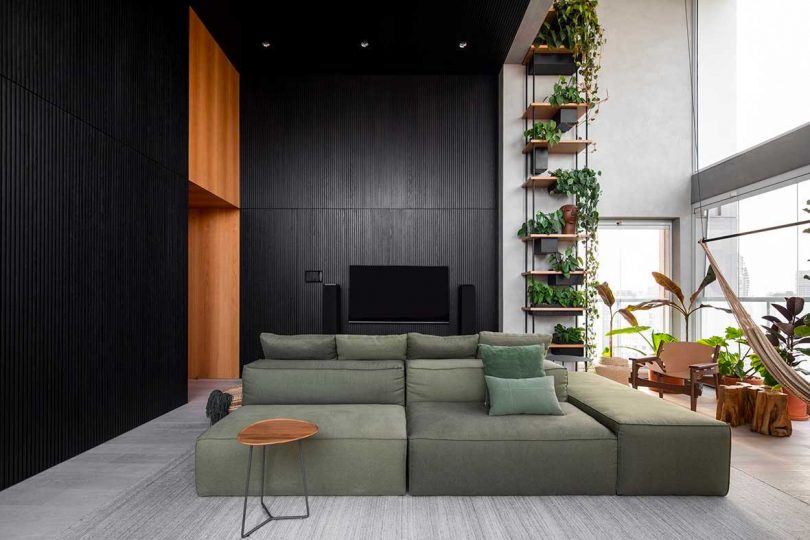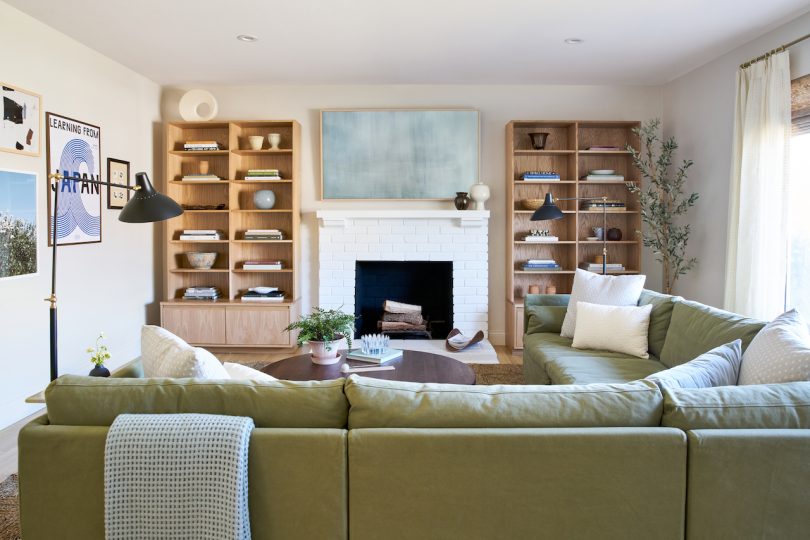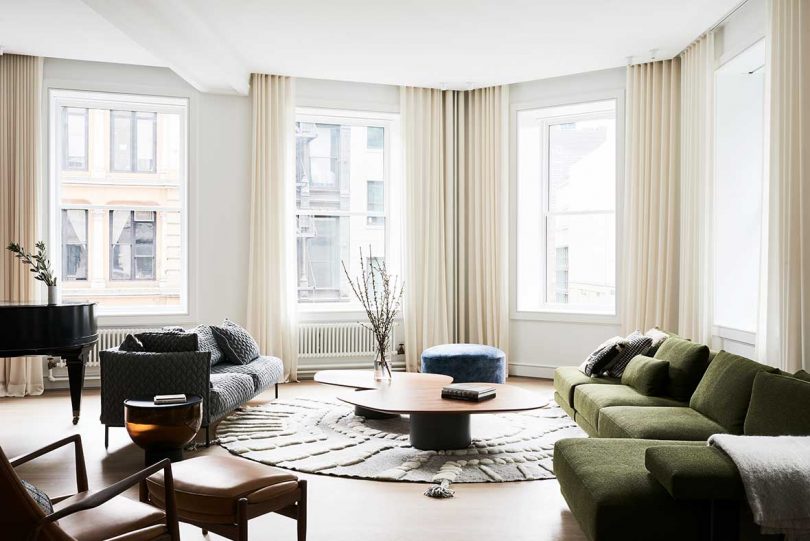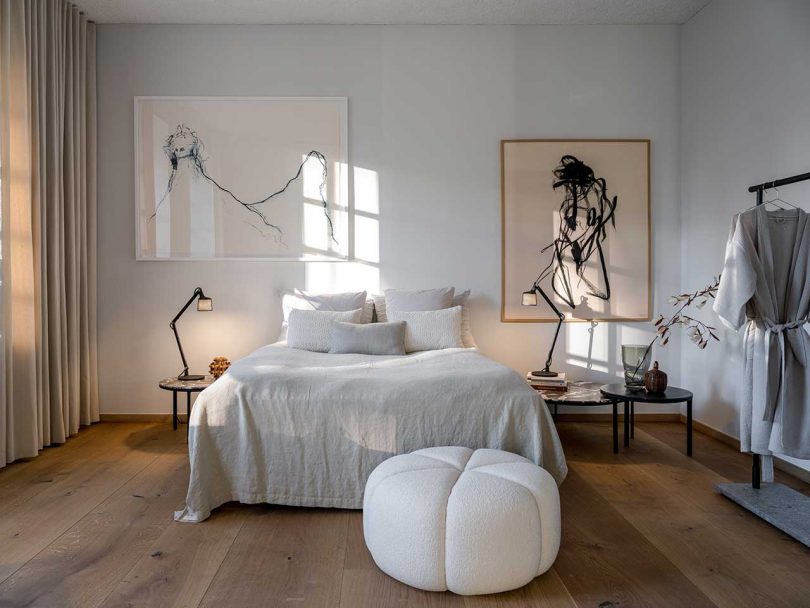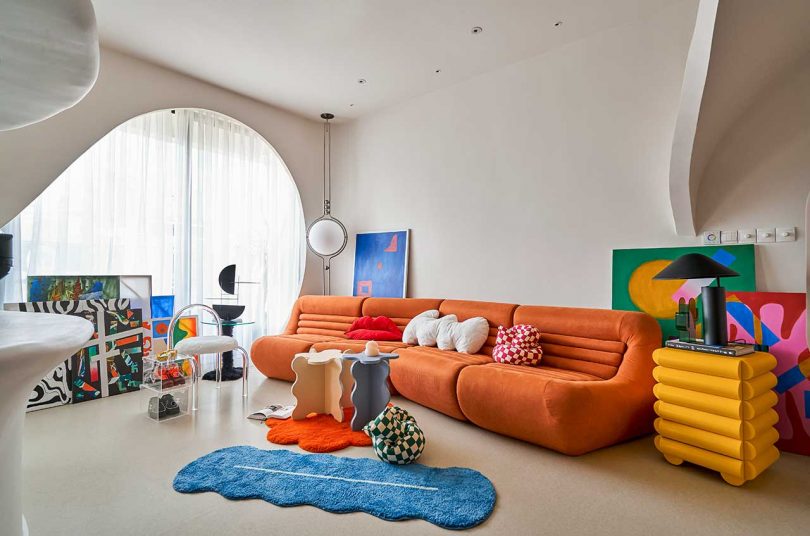Tips for asking good, engaging, and productive questions

As researchers we love a good question, but what’s the craft behind asking questions? In short: beware leading questions, ask one question at a time, and manage the flow. And as a last resort, ask less and listen more.
I mean, everyone asks questions every day, right? So who doesn’t know how to ask questions? Do you ask clear and insightful questions? Perhaps most importantly, do you want to learn how to ask good questions?
Well, actually, these are all horrible questions. They are leading. They come off as a bombardment. And they create zero space for nuanced discussions.
Asking questions is a craft that is at the heart of what UX Researchers do. It is complex, and comes with a rich and eclectic literature inspired by sociology, psychology, and other social sciences. But asking questions can also be very easy. Just don’t be the dummy that wrote the first paragraph and instead avoid the 3 common traps of asking questions.
Tip no. 1: Avoid leading questions at all cost

A leading question suggests the answer to be given, and makes you feel pressured to answer a certain way.
Much like in a court room, we want the truth the whole truth and nothing but the truth from user interviews. However, the challenge is that, as international super star Lizzo sagely observed, “Truth Hurts.” Honest feedback can sting. And with a natural inclination for psychological safety, any reasonable person under pressure would say whatever they believed the listener wanted to hear, even at the expense of truth. So without a mandate or an oath, how might we get honest reactions and answers?
The key is to avoid leading questions. Let go. Play dumb. Be curious. Judge none. Any of these strategies would help create a safe environment where the participant might feel secure enough to disclose their deepest and darkest secrets. And sometimes, when an interview goes really well, participants would share their sharpest stretch of mind which would surely shatter any preconceived assumptions.
Imagine how you would respond to the opening question: “Everyone asks questions every day, right?” You’re sitting in front of a computer, talking to the interviewer for the first time via Zoom. No clue about the interviewer’s character other than their interesting fashion choice. With such a leading question, would you challenge the interviewer and confess the truth? Something along the lines of: “No actually, your premise for the question is miserably wrong. Yesterday, I didn’t speak to a living soul the entire day. And let me tell you, it was a delight. So no, I don’t ask questions every day; nor do I want to.”
That’s why it’s important to avoid leading questions — to allow participants to speak their mind. According to sociologist Robert Weiss whose book Learning from Strangers sits atop the syllabus of virtually every PhD-level Qualitative Methods Seminar, “the interview relationship is a research partnership between the interviewer and the respondent.“ And like any well-functioning relationship, there shall be no strong-arming of opinions.
Interested to read more? Check these out:
- Survey Monkey: How to avoid asking leading questions and loaded questions
- Nielsen Norman Group: Avoid Leading Questions to Get Better Insights from Participants
Tip no. 2: Avoid double-, triple-, quadruple- barreled questions
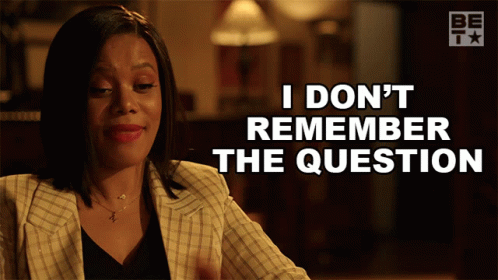
A double-barreled (compound) question comes with multiple parts, and expects you to give detailed responses while remembering the many parts of the question.
And it’s just too hard. You’re staring at the camera above the screen, trying to give the interviewer your undivided attention, and in exchange, you receive a barrage of questions too many to count. “Ugh, I guess. I mean, it’s probably fair to say everyone asks questions, right, though I didn’t say a single word yesterday. But regardless, by extension of the premise, everyone should have a little experience with asking questions. And… and.. what was your question again?”
The problem with asking compound questions is that the pace of query far exceeds the regular processing time of the human mind. Unless you have mastered the craft of human parallel computing, answering many questions at a time is outright overwhelming. You’re faced with a tradeoff, between developing a full answer to the first question and zipping through every question to check off the list. Neither is optimal. Especially when you respond to a multi-part question with a multi-part answer, it leaves no room for the researcher to process, unpack, and dig deeper.
In the worst case, double-barreled questions can lead to inaccurate results. Take the third question in the opening paragraph as example: “Do you ask clear and insightful questions?” How would you respond? What if you’re good at making yourself understood but struggle to navigate the domain context? When I first started at Stavvy, I felt confident about asking questions clearly, but little did I know about the real estate industry. So to the double-barreled question, I would probably say, “Um.. yes?” But that can’t be further from the truth.
By splitting up many queries into singular questions, we ensure that each question is addressed with the adequate time it deserves, and as a result get accurate answers from interviews.
Interested to read more? Check these out:
- Qualtrics: The dreaded double-barreled question & how to avoid it in research
- Dresden University of Technology: (PDF) Double Barreled Questions: An Analysis of the Similarity of Elements and Effects on Measurement Quality
Tip no. 3: Avoid rigidly going down a list of questions

Let’s talk about structure and flow. Ideally, an interview should be a conversation, not an interrogation. As research partners, the interviewer and the participant should move from one topic to another as they both see fit.
There is a spectrum when it comes to interview structure. On one end, there is “structured interview,” where each participant is asked exactly the same questions in the same order with no spontaneous follow-ups. On the other end, there is “unstructured interview,” where everything is free-form, and the interviewer might ask drastically different questions from one participant to another.
While there is a specific use case for structured interviews, the rigid format has many limits. Most prominently, it relinquishes the power of conversation and instead acts as a verbal survey. Not only does the format produce awkward transitions between questions, it also fails to explore the exciting ideas brought up by the participant. This type of interview is a one-way street, not a two-way collaboration.
Similarly, unstructured interviews have their faults, too. While the conversation might flow, the data collected from such sessions will likely vary in its topic coverage, making the analysis challenging, if not impossible.
So what UX Researchers tend to prefer is a format somewhere in between: semi-structured interviews. Have a list of topics to explore, but follow the lead of the participant. Make questions increasingly specific as you dig deeper. I think of the process as exploring a cave with crystals.

Much like following the crystals in a cave, conducting semi-structured interviews is about following the mental landscape of the participant. There might be clusters of crystals (thoughts) that exist close to each other. So explore 1, 2, and 3 together before pivoting to 4. When in 4, allow the sight of one crystal take you to its neighbor, hence appreciating the cluster of thoughts in its full magnificence. No point in bringing up 7 out of the blue.
The shape of the crystal also matters. The tippy points of the crystals can be thought of as the points of investigation, specific questions like “are participants able to find the action menu tucked away behind the icons?” We want to meet the participants there. But never arrive by asking leading questions. Instead, with each following question, get a little bit more specific, much like the shape of the crystal getting more pointed as it gets closer to the ground. This way, we avoid projecting ideas onto participants while also eventually getting to the points of investigation.
Bonus tip: Sometimes it’s better to not ask questions

If the three traps of asking questions feel a little bit tricky to navigate, there is always the option to just stay present and listen. I’m not being snarky. Less is more when it comes to asking questions.
If we’re here to establish a partnership with research participants, then, much like on a date — man, you gotta listen. Make the participant feel like you are actively listening, and you just might be rewarded with answers to the unknown unknowns. Resist the urge to fill the silence. Allow participants to mull things over. And if you absolutely need to say something, just repeat their last three words in the form of a question.
“Yesterday, I didn’t speak to a living soul the entire day.”
“The entire day?”
“Yeah, I didn’t have any meetings so I didn’t have to talk to anyone. I kind of like that.“
“Kind of like that?”
“Yeah, it’s just so much peace and productivity. I feel like not everyone has to ask questions all the time. It’s probably just a researcher thing.”
“A researcher thing?”
“Yeah, like, I mean I probably don’t want to spend my day thinking about how to ask questions. I’m happy to just read about it in a blog post.”
This technique, referred to by master negotiator Chris Voss as Mirroring, is a powerful tool to stay engaged in a conversation while allowing the maximum space for the other side to tell their story. After all, that’s all interviews are, collecting stories from real people and trying to represent them with faith. That, combined with the ability to avoid leading questions, split up compound questions, and orderly appreciate the crystals clusters in participants’ minds, would enable anyone to ask questions like a UX Researcher.
Want to dig deeper in the craft of UX Research? Here are some of my favorite books:
- Steve Portigal: Doorbells, Danger, and Dead Batteries: User Research War Stories
- Robert Weiss: Learning From Strangers: The Art and Method of Qualitative Interview Studies
- Stephanie Walter: A Cheatsheet for User Interview and Follow Ups Questions
- IDEO: The Little Book of Design Research Ethics
How to ask questions like a UX Researcher was originally published in UX Collective on Medium, where people are continuing the conversation by highlighting and responding to this story.
from UX Collective – Medium https://uxdesign.cc/how-to-ask-questions-like-a-ux-researcher-a4e02041136c?source=rss—-138adf9c44c—4

